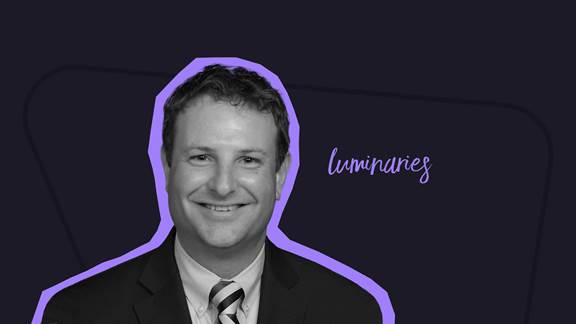JJ: What would you say demands most of your attention?
MM: [I’m] singularly focused on customer experience and what we call our colleague or employee experience. From a customer experience perspective, it's imperative that all of our products and services that we offer deliver superior customer experience, but truly understanding what that means and being fully committed to it is a different story.
For example, in my opinion, Silicon Valley owns customer experience. Startups have certainly focused their priorities on customer experience and worry about the after effects later. I always look at Uber. Uber didn’t pause, wait, and think about all the potential lawsuits it might receive from taxi companies and municipalities. They just went ahead and did it, and made sure they were focusing on the customer experience. They figured they would understand the friction and pain points of our current operating environment later and work through those issues, and that’s been a successful formula for them. We have to think the same way — we have to be innovative.
I think the other thing that's certainly top of mind for me is the digital environment that our employees and our customers experience in their day to day lives has become much more frictionless than it ever has been. Netflix certainly gives you suggestions on what movies that you may like and it does a pretty good job of that. Instagram gives instant gratification for interacting with your friends immediately. It's seamless and easy, [just like] the shopping experience on Amazon.
Our employees expect the same type of operating environment they have at home in the workplace. Today, everything's easy at home, and then they come into the workplace, and it's like they've gone back in time 20 years. The technology isn't the same — it's maybe not the same version, it’s slower. We make it hard for them to actually do their jobs well because they have to deal with layers of security and those kind of things. That is a balance of safety and soundness, and having this frictionless environment. We'll never be able to get to a truly frictionless base here, but my focus is to reduce the amount of friction that’s currently in place.
Our employees expect the same type of operating environment they have at home in the workplace. Upgrading systems to latest versions is easy. I think having hardware and form factors for our employees that are built for purpose, for what they do, and for optimized job experience is critically important. That to me is a challenge we have. We have to get faster from a technology perspective. When I look at the technology sector as a whole, it's like negative unemployment, especially in this geography, and there's certainly way more jobs than there are qualified people to fill them.
What's going to differentiate Associated Bank amongst all the other companies that offer technology roles within their organizations? And to me, part of that is certainly the work environment experience and the actual work. Is the work interesting? Do people feel like they're making a difference? When they come to work, do they feel that they're empowered to do what they need to do, or do they feel like they encounter a lot of institutional and technology friction that makes it difficult for them to deliver on what they're hired to do? That’s a very real factor for people because the marketplace is so wide open. Let’s be honest, it’s not just about the role that they have here — it’s about their next role and whether that role is within the bank or if it’s outside of it. [It’s about] having that kind of appeal so that people feel like they’re growing as an employee and growing a skill set.
Follow Michael Meinolf on LinkedIn.
